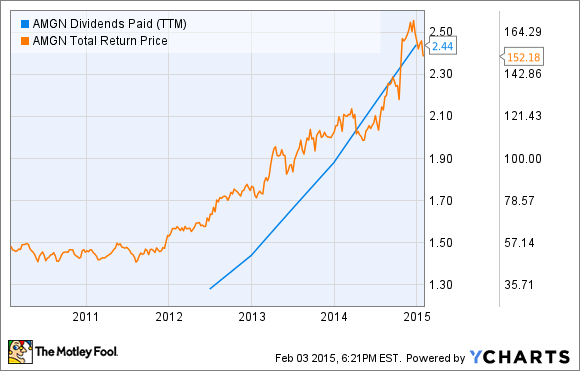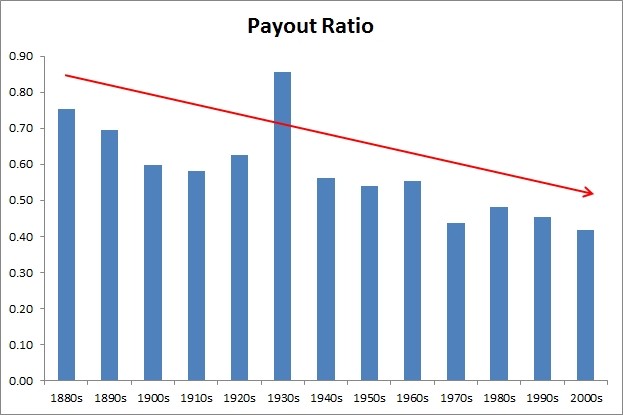When A Company Should And Shouldn t Pay Dividends
Post on: 21 Май, 2015 No Comment

Currently interest rates, government bond yields. and borrowing rates are at all-time lows. This provides a puzzling choice for publicly traded corporations. Do they reward their investors with a dividend which could be a much needed stream of income, or keep the profits as cash reserves and reinvest it in the business?
The case for paying dividends:
In a low interest period, investors seeking a steady income flow have very limited investment options. Currently two-year government bonds yield a measly 0.21% and a two-year bank CD will yield a slightly better 1.15%. While corporate bonds may be a viable solution for long term investors willing to hold the bond to its maturity, they are not ideal for shorter term investors because of their long maturities. For example, a 5-year bond issued by General Electric (NYSE:GE ) is currently yielding 2.24%. If one invests in the bond for two years and wants to sell it afterwards they may be forced to sell it at a yield higher than they originally paid for, suffering a loss of capital. For these reasons dividend paying stocks are very attractive to investors in low interest environments, especially during the current period where stocks are trading at historically conservative P/E multiples. Therefore, to satisfy investor demand, assuming the company’s debt is under control, should pay dividends.
Smaller cap companies that may be targets of unwanted acquisitions may also pay dividends to rid their balance sheets of excess cash. Cash can be used in an acquisition to obtain leverage against an acquisition target. For example it will be much easier to take over a company worth 1 billion dollars with 500 million dollars in cash because one will only need to put up 500 million in cash/stock to purchase the company and subtract out the cash the company has on its books.
A perfect example of a company that has benefited from reinstating its dividend payments is Ford Motor Company (NYSE:F ). Since reinstating its dividend on December 8th the company’s share price is up over 15%, even after a recently disappointing earnings report. Reinstating the dividend has exhibited to investors and credit ratings agencies alike that Ford is confident in its ability to earn profits over the long run. Additionally Ford stock is now attractive to investors and large mutual funds seeking dividend returns.
The case for withholding dividends

In a low interest period, corporations can make a good case for not paying dividends because they maintain a much higher return on equity than that of their investors. Corporations could be reinvesting the money the pay out as dividends back into their businesses, in ways such as building new factories, paying off debt, making acquisitions, R&D, and a host of other capital employment strategies. Additionally, dividends are taxed at the capital gains rate for investors, but corporations reinvesting the money in many cases can actually lead to tax credits.
For example, Apple (NASDAQ:AAPL ) does not pay dividends and has become famous for its nearly 100 billion in cash and short term investments. From a financial point of view it may not be a bad strategy, as its ROE (return on equity) is an astonishing 46%. The counter-argument to Apple’s strategy of holding a large cash horde may be that Apple does not need such large cash reserves to maintain its current business operations, and could greatly boost its return on equity by paying cash as dividends. Regardless Apple’s large cash reserves allow it to be nimble allowing them to easily build new factories, complete acquisitions, and fight their legal battles. Apple’s return on equity at 46% is a far greater rate of return than an investor could receive. For this reason, Apple is wise to hold its cash rather than pay it as dividends.
Disclosure: I am long F.














